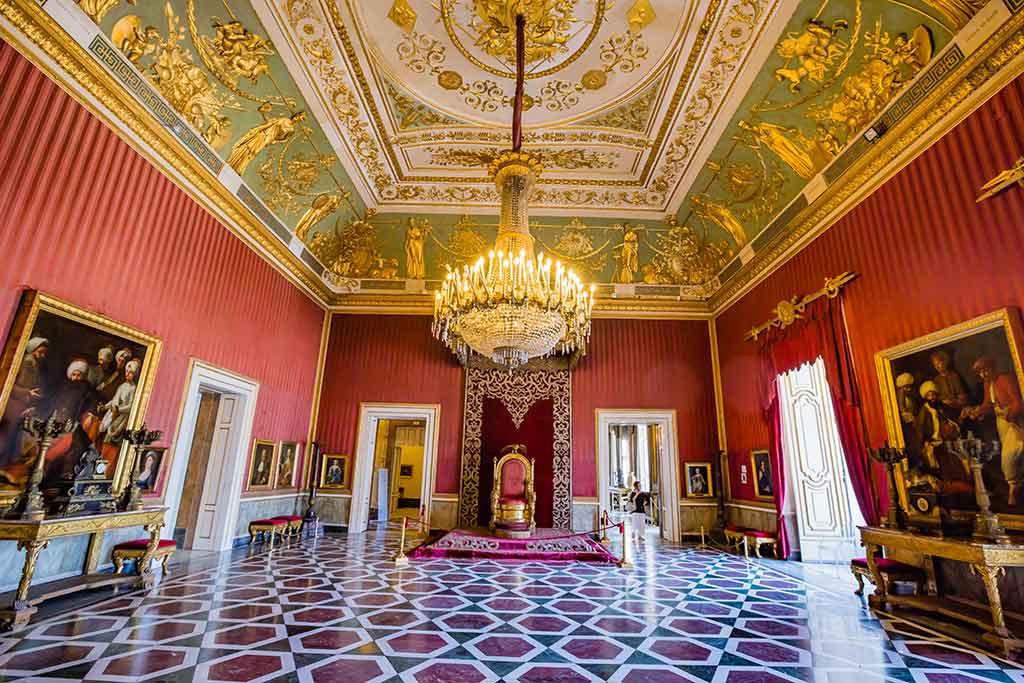Welcome to Campania
in Italy, one of the most popular vacation destination in the world. If you’are
planning to visit Italy for your next trip and you are looking for the best
places to visit, here you’ll find tips and suggestions of most popular point of
interest and activities not to be missed. Find out what to see in the main cities of art such as Naples synonymous with music, art and culture is the city of Vesuvius and the capital of southern
Italy, Caserta and the famous Royal Palace, Salerno and its historic
center built by the Norman prince Roberto il Guiscardo. Discover what to do in a day
trip to the sea or in the mountains, which are the most unusual villages of
Campania to visit. Whether you travel by motorbike or camper, or
you decide to visit Campania in summer or winter, on a rainy or sunny day,
whether you have two or three days available, Visititaly always offers you the
right tips for planning a trip. Travelers will
appreciate this italian region with his rich historical and artistic heritage,
local culture and environment. Discover the monuments, buildings, natural treasures
and all the details that characterize Campania and its territory. Share and suggest a place you've visited.

As a region, Campania is dominated by the urban sprawl of Naples and the tourist heaven of the Amalfi Coast.
It's not all metropolitan bustle and stunning scenery though, as the area is rich in both modern and ancient art. In terms of art and culture, Campania is most famous for Pompeii and Herculaneam, the well-preserved remains of Roman towns destroyed in the eruption of Vesuvius in AD79. Here visitors can walk down the ancient streets, browse through villas and houses, and imagine what life must have been like 2,000 years ago. Many of the original mosaics and friezes have been painstakingly restored to their original condition.
Of a similar age but less visited by tourists is the Ancient Greek city of Paestum, found in the south of today's Campania on the Gulf of Salerno. Its well preserved ruins include three large temples, and many painted tombs and frescoes.
Naples itself is distinguished by art from an all together different era. With an abundance of museums and galleries, lovers of modern art are well catered for, especially Pop Art and Arte Povera. The Madre museum is considered by many to be the best contemporary art museums in Naples, and one of the best in Italy. Visitors can view and appreciate works by Sol Lewitt, Jeff Koons and many others.
Finally, in the beautiful mountain town of Ravello above the Amalfi Coast you can find the Villa Rufulo which was the inspiration for Wagner's garden of Klingsor in the second act of Parsifal. A special concert is held every year to commemorate Wagner's inspiring visit.
written by Emilio Aronica - Last update: 02/09/2022